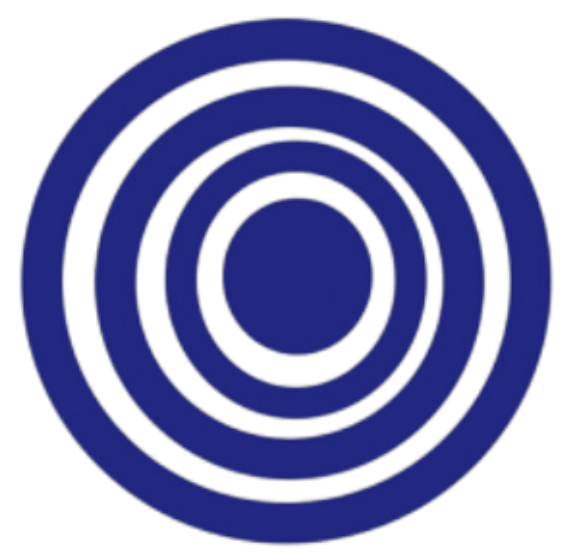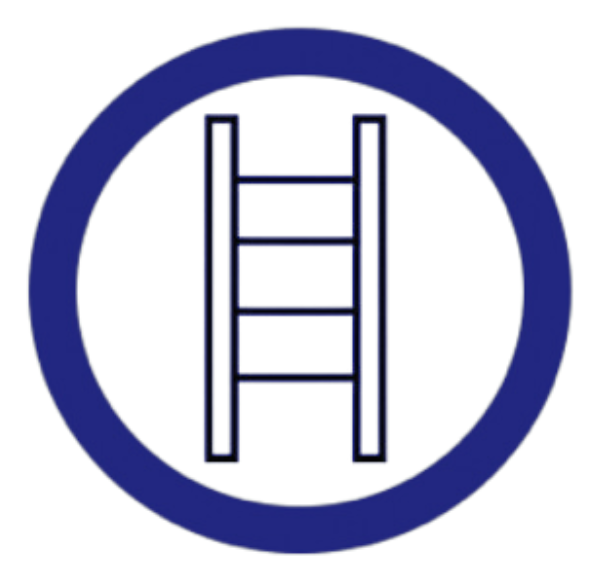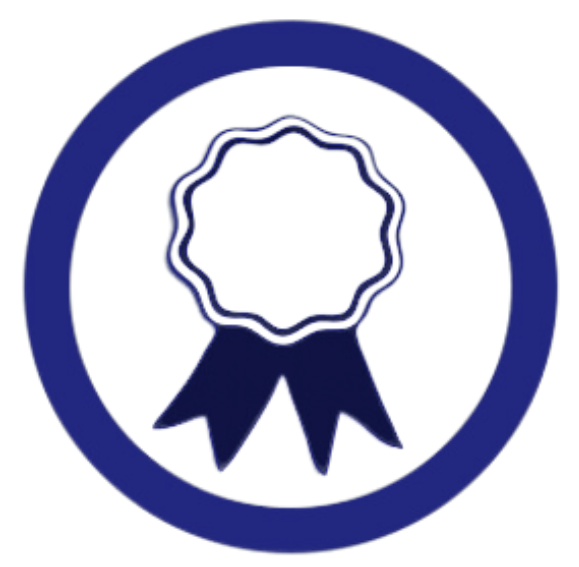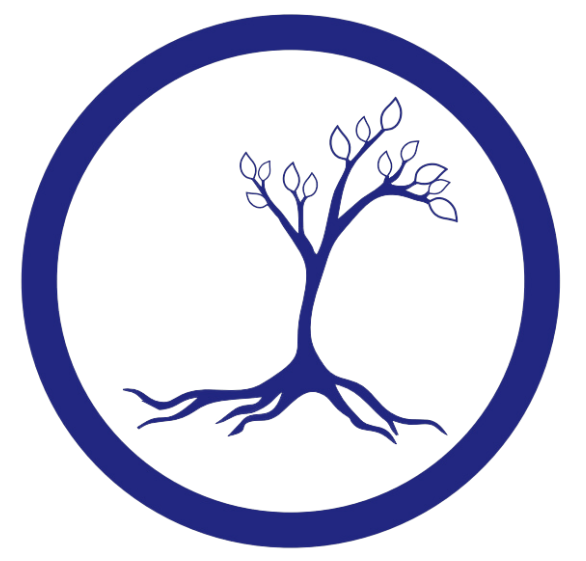Design & Technology
 Intent
Intent
Design and Technology is an inspiring, rigorous and practical subject that prepares pupils for our rapidly changing world. The design and technology curriculum at Bowes is designed to encourage pupils to become both independent and collaborative people, creative thinkers, problem solvers and innovative.
Our curriculum allows pupils to identify needs and opportunities, using designs from the past and present as a source of influence, providing opportunities for them to respond, build upon and improve creatively and imaginatively.
Pupils are encouraged to challenge themselves continuously, develop ideas, designs and build skills by making products, at the same time as learning important practical life skills. Pupils find enjoyment in design and technology and its creativity, and by applying those practical skills to everyday life they become confident and independent thinkers. Pupils continuously build on their technical language and vocabulary, developing the ability to choose and use equipment safely and correctly, challenging themselves to take safe risks.
At Bowes, we intend for our pupils to solve real and relevant problems through a range of contexts and to, wherever possible, link to other curriculum areas such as mathematics, science, computing and art. From this, they are encouraged to make independent decisions for the products they design and make.
The design and technology curriculum is designed to teach pupils a wide range of skills right from the early years, encouraging them to think critically, analyse products whilst using subject specific technical language and develop their skills in a variety of different mediums. Skills are developed over time, practised repeatedly and embedded through the continuous provision. They are given plenty of opportunities to reflect upon and evaluate past and present design technology, its uses and its effectiveness in every day and real-life scenarios.
Pupils at Bowes are introduced to food technology and nutrition at an early point in their school journey. By instilling an interest in the preparation of food and cooking, as well as an understanding of the technical skills and food hygiene involved, pupils will be able to use this knowledge and apply it to their everyday life both within and outside the school environment.
 Implementation
Implementation
In line with the National Curriculum, our design and technology curriculum will develop knowledge, skills and understanding through half-termly projects including a variety of creative and practical activities. These tasks include: investigating, designing, making, improving and evaluating. Through these, pupils will further develop a wide range of skills, including: analysing, researching, following a design brief, success criteria, designing through computer programmes, annotated sketches, exploded diagrams, designing to a scale, making prototypes, testing and evaluating, making, changing and improving.
Through making construction, textile, food, computing, electronic and mechanism products, pupils will master the techniques of building, attaching, cutting, sewing, stitching, weaving, cooking, chopping, grating, slicing, peeling, programming, coding and circuit building. These can be taught as discrete skills but are mostly implemented in a cross-curricular themed way as shown on our long-term and medium-term planning.
We use Chris Quigley milestones to aid with our planning and teaching of design and technology. This is used to support and ensure key skills and key knowledge for design and technology is mapped across the school ensuring progression between year groups, and that there are a variety of contexts in which these skills are being taught.
The activities planned for DT lessons build upon existing knowledge the pupils have, providing them with the opportunity to deepen their knowledge and understanding. In addition to this, there are opportunities for continuous provision in lessons, where staff are strongly encouraged to give opportunities for pupils to continue to practise previously learnt skills in a different context.
 Impact
Impact
The curriculum is the progression model. If pupils are able to demonstrate they are able to know and remember more against our curriculum expectations they are making good progress and attaining expected standards.
We use strategies such as regular and consistent feedback, coherently planned and demanding learning experiences and the use of individual design and technology books to assess the knowledge, skills and understanding that our pupils have gained in design and technology during each unit. This is then used to inform and further develop future lessons; ensuring pupils are supported and challenged appropriately, whilst also demonstrating a high level of progression. As a result, pupils develop detailed knowledge, skills and confidence across the DT curriculum and achieve the best possible outcomes, producing work of a high quality. Our aim is that pupils develop the technical and practical expertise needed to participate successfully in an increasing technological world, and that they can build and apply their knowledge and skills in order to design and make high-quality products. They build and develop a repertoire of knowledge, understanding and skills in order to design and make high quality prototypes and products for a wide range of users and critique, evaluate and test their ideas and products, as well as the work of others.
Pupils learn how to take risks, becoming resourceful, innovative, enterprising and capable members of society. High quality design and technology education makes an essential contribution to the creativity, culture, wealth and wellbeing of the individual and nation.
Pupils in the Early Years Foundation Stage are assessed within Expressive Arts and Design and their progress is tracked using Tapestry. Age related expectations are reported to parents at the end of the Reception year.
 Beyond the Curriculum
Beyond the Curriculum
Our vision is to embed design and technology within a variety of learning opportunities within everyday school life as well as real life experiences.
Trips and experiences are organised, when possible, to complement the design and technology curriculum. Through exposure to a variety of meaningful experiences, we ensure our pupils have opportunities to deepen knowledge and understanding within a variety of challenging and exciting opportunities.
- Visits and experiences have included: The Royal Institute of British Architects, John McAslan + Partners (architect firm), Broomfield park, Morrisons, Sainsburys, Pizza Express and The Design Museum
- Architects have visited to work on projects with year 4 pupils
- Pupils in KS1 and KS2 have opportunities to join after school clubs
Please find available for download the Design & Technology Primary National Curriculum.
